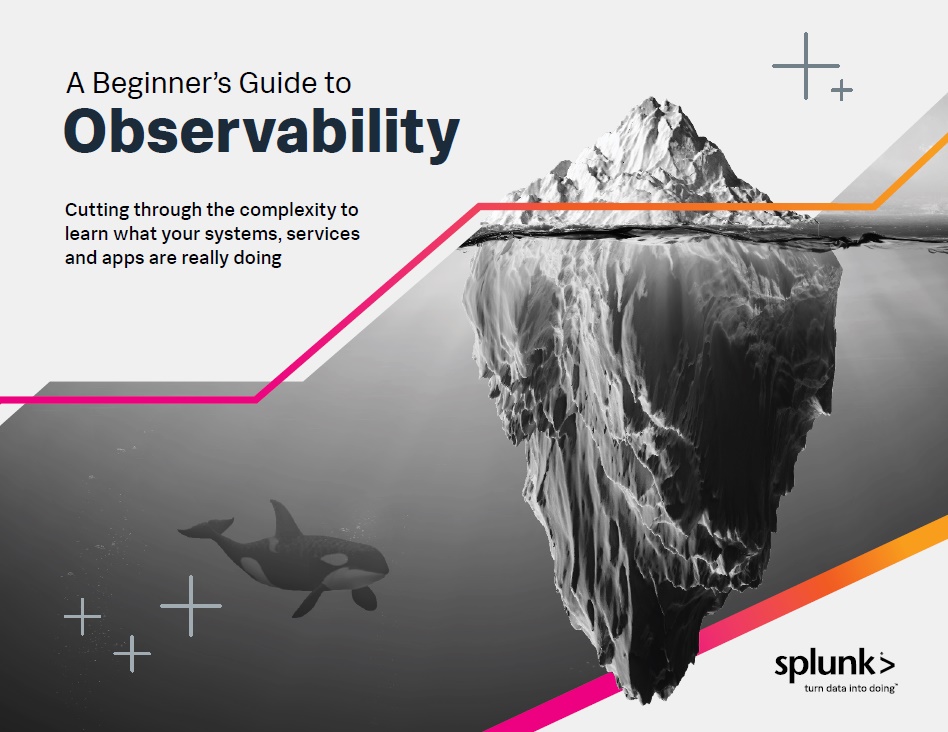
Beginner’s Guide to Observability

Gaining insights from your data requires more than collecting and analyzing metrics and logs. With the acceleration of citizen and mission demands, site reliability engineers and IT Ops analysts now require operational visibility into their entire architecture, something that traditional APM tools, dev logging tools, and SRE tools aren’t equipped to provide. Observability enables you to inspect and understand your IT stack; but what is it, and how does it differ from IT monitoring?
In this guide, we’ll define what observability is and what it takes to achieve it. We’ll also give some examples of observability in action and guidance for what to look for in a solution.
Download your copy of Beginner’s Guide to Observability to learn:
- The complementary relationship between observability and monitoring
- The three critical pillars to achieve observability
- How to build observability into your IT environment
Download Guide